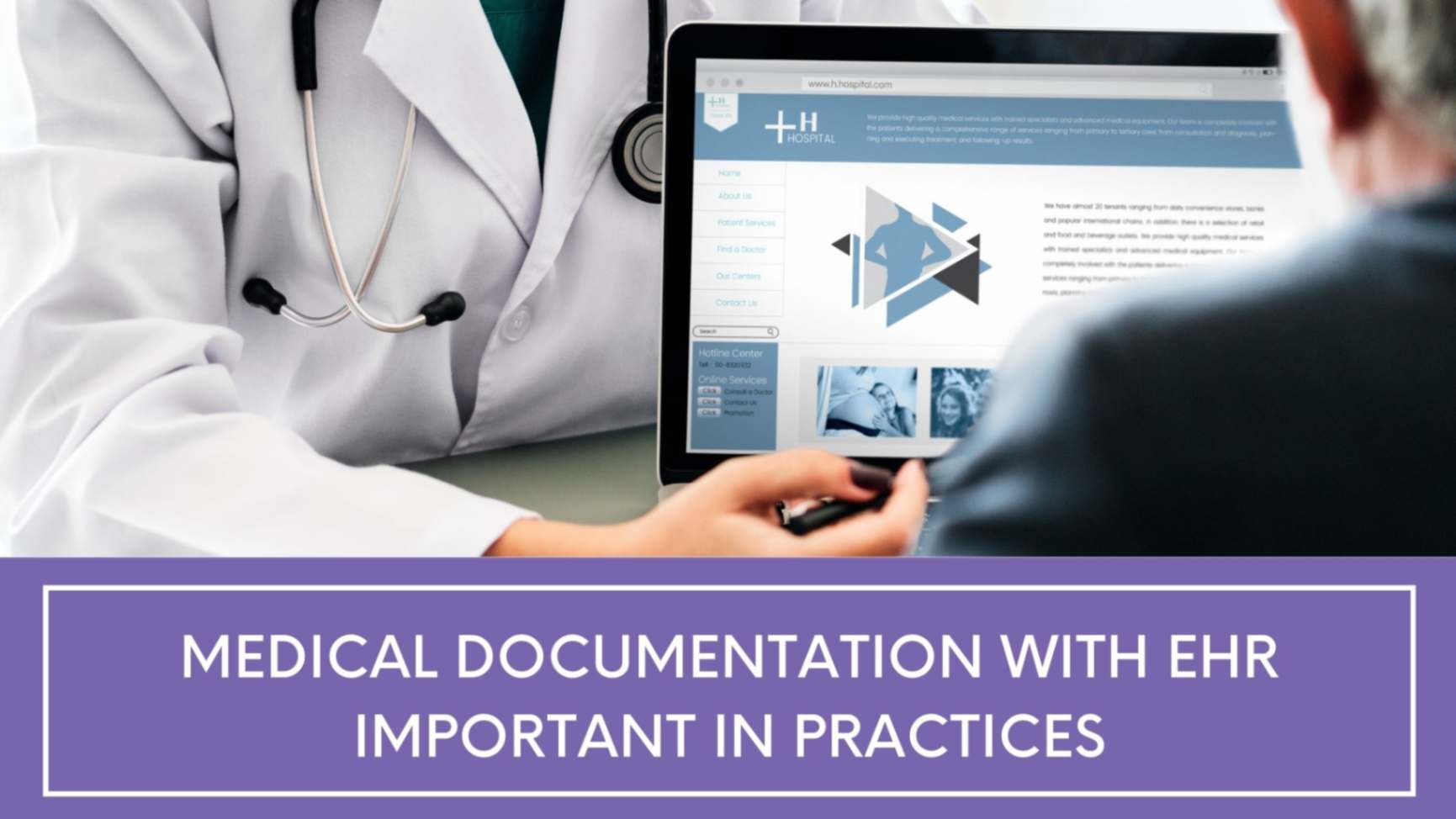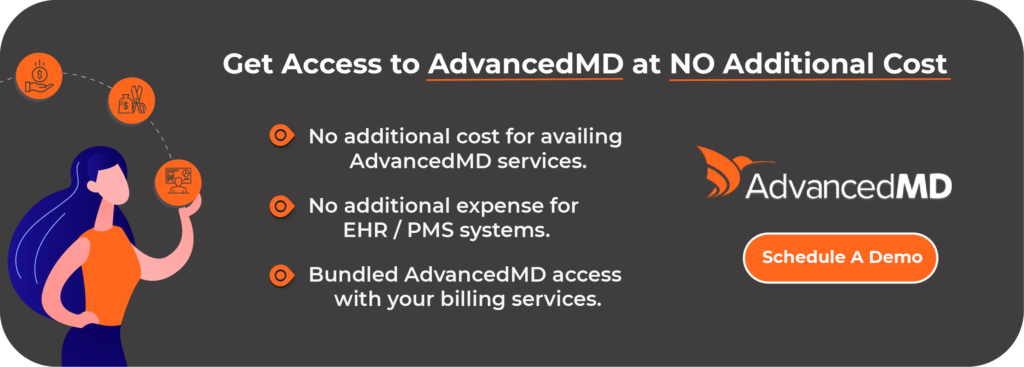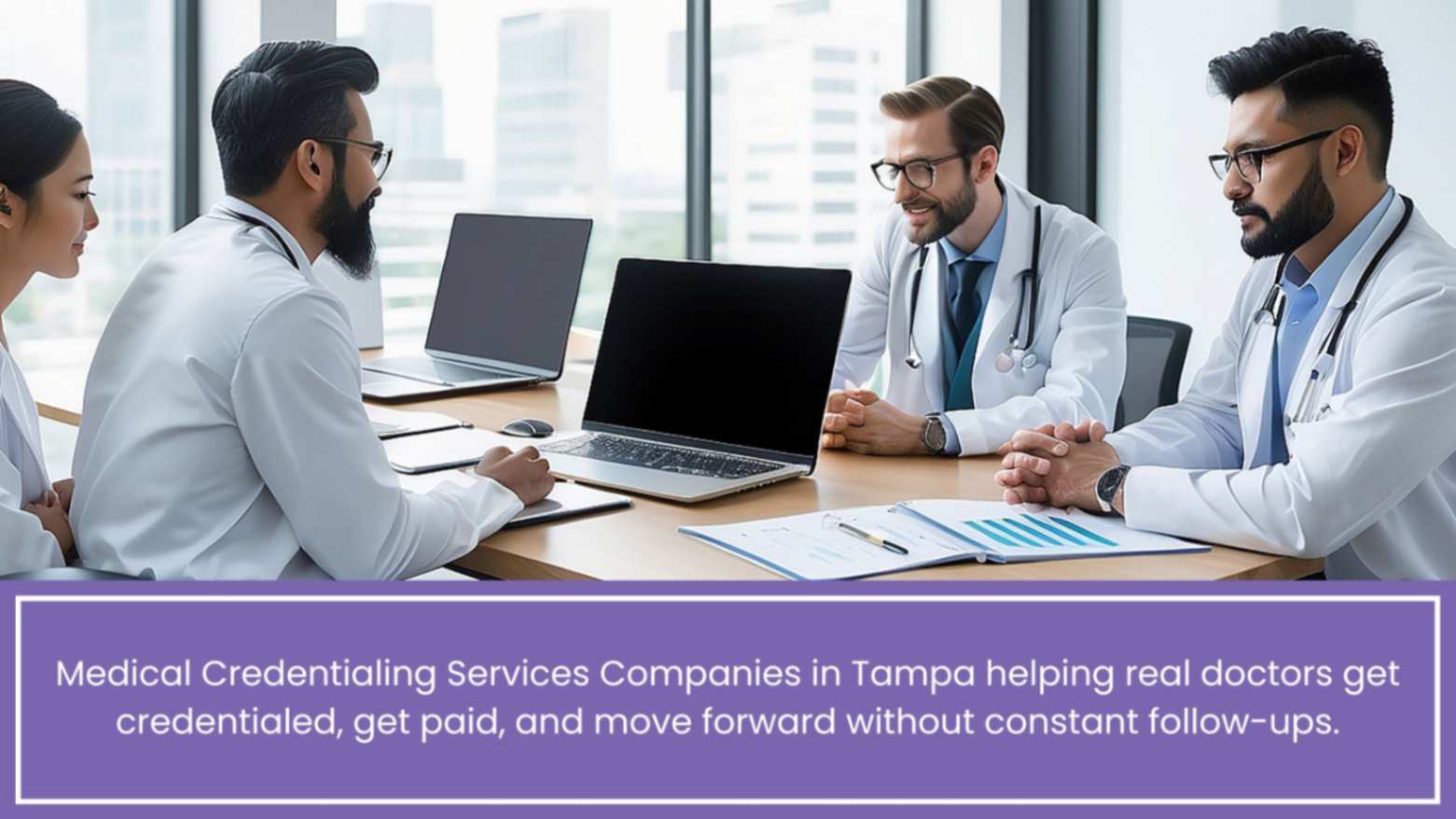Medical Documentation with EHRs Important in Practices
Over the years, the healthcare industry has grown drastically, and the need for integrated and accessible medical documentation has increased in order to boost the effectiveness and profitability, as well as improved coordination of care of healthcare services for both patients and providers.
EHRs have boosted patient care monitoring while decreasing the risk of treatment errors. With ever-advancing technology standards, it is critical to comprehend the documentation process and why it has become such an important element of the healthcare sector. That being said, we shall discuss the significance of medical documentation with EHRs further below!
Table of Contents
What is Documentation in Healthcare?
Documentation is an important tool for communicating vital clinical information about each patient’s medical history including diagnosis, treatments, and outcomes, as well as for communication between physicians and payers.
Vague, confusing, or missing documentation can lead to payer denials and make it difficult for the reader to follow the professional judgement for the underlying the diagnosis and treatment. Other areas of knowledge required for documentation include medical coding and billing, and Health Insurance Portability and Accountability Act (HIPAA) standards. At Practolytics, as part of client education, we ensure that every provider is aware of the documentation requirements per CMS guidelines so that the medical record is completed accurately, without any mistakes, and without resulting in any denials.
What Is the Key Function of EHRs?
The EHR is the patient’s digitalized medical record. These solutions are real-time and patient-centered, providing immediate information access. Furthermore, it guarantees data safety and information access only to the authorized users.
The fundamental objective of EHR in effective medical documentation is its capacity to record dynamically any information pertaining to the treatment plans, diagnosis, medical history, drugs, allergies, immunization dates, lab test results, radiology films etc. It provides access to tools that clinicians can utilize to make decisions about patient care and treatment strategies across platforms.
The use of EHRs can aid in the streamlining and monitoring of healthcare workflow procedures. Healthcare facilities will be able to create and manage information in digital form if medical record documentation requirements are met.
EHRs are quickly replacing paper-based patient charts with electronic and digital patient records. At Practolytics, we use EHRs to help providers create electronic notes that are both efficient and effective.
Policy and Procedure Template for Electronic Medical Records in EHRs
- Legal Health Records Declaration:
There are various features that are frequently addressed in the medical documentation template when it comes to the electronic medical records policy and procedure. First and foremost, legal health records must be declared. The declaration entails information about clinical data sources, clinical records, external reports, and records.
- Document Completion:
Documents must be optimized and finished. When it comes to documents, there are both paper and electronic components to consider. It is critical to localize electronic documents and ensure that they are only available in read-only mode.
- Dating, Authentication, and Timing:
The authentication of the medical record and the time stamp must be constant and in accordance with federal and state legislations. All entries and data in medical records must be validated, dated, and timed in both electronic and written form. Furthermore, all information and entries must be clearly documented.
- Versioning:
When it comes to the versioning of medical record documentation, healthcare facilities must determine whether several versions of the document will be presented or simply the final version. Also, it specifies who will have access to the document version, and the marking and availability for each version must be specified.
- Outpatient Records:
Every patient who receives outpatient services must have a record maintained by the healthcare facility. This record must be linked and maintained in accordance with emergency and inpatient medical records.
- Responsibilities:
In order to create and manage the medical records, healthcare facilities need to collaborate with legal and information services. It is necessary to identify the content required for decision-making. Additionally, all information content should be created, coordinated, and managed as per the guidelines.
The Impact of EHRs on the Roles and Responsibilities of Healthcare Documentation Specialists
To begin with, the impact extends beyond medication prescriptions. According to a pilot study on use of machine learning in EHR, electronic records can improve preventive care for a variety of illnesses. Prediction of risk factors based on the patient’s history and habits as well as the risk factors through artificial Intelligence and machine learning could aid the providers make better decisions and avoid adverse outcomes. These documentation systems can be used to put the care standards into action.
These systems have the potential to improve clinical information management and communication for both patients and healthcare practitioners. Also, these technologies aid in reducing prescription errors, difficult directives can be clarified, resulting in improved and faster access to health information and data.
A Word From Practolytics
Accurate and clear documentation is necessary to provide good service to patients while also assuring timely payment. On top of that, medical documentation will enable healthcare providers to plan therapy, hence increasing overall healthcare quality.
Over the years, we’ve helped many healthcare organizations with their documentation tasks, with the support of our qualified coding and billing team, resulting in no errors or denials in claims from a documentation perspective, thus providing the practice with more time to focus on patient care and other critical aspects of the practice.
Please contact Practolytics to learn more about the medical documentation process and how we may help your practice.
ALSO READ – Ambulatory Surgery Center Documentation & Coding Guidelines
Talk to Medical Billing Expert Today — Get a Free Demo Now!






